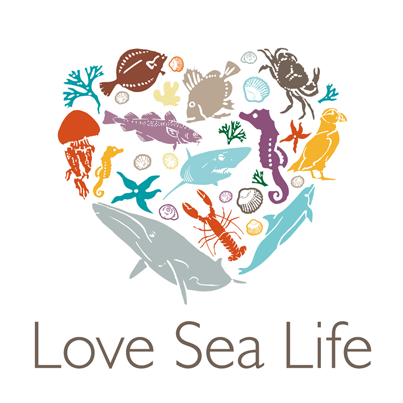Written by Miriam Lugg, Natural England Research Advisor
It’s 4:30am in the morning, and the shout “on the bottom!” comes through to the lab from the deck. The Hamon grab, a mechanical contraption used to take samples from the sea floor, has reached the bottom.
The ship’s crew operate the grab, while Cefas scientists take the sample and record species and sediment data. These Ground-truthing surveys will reveal the composition of the seabed throughout our site.
I am on RV Cefas Endeavour, Cefas’ research vessel, surveying a recommended Marine Conservation Zone (rMCZ) in Offshore Foreland, located in the middle of the English Channel.

The Endeavour
Cefas Endeavour is a large survey vessel that can accommodate up to 35 scientists and crew. Almost constantly at sea, its scientific monitoring duties include:
- Marine Protected Area (MPA) surveys
- European Marine Site (EMS) surveys
- Fisheries and shellfish stock assessments
- Servicing buoys
- Measuring waves
- Monitoring habitats and biodiversity
I have joined the vessel mid-survey with a number of Cefas scientists. It is a great opportunity for Natural England staff; it helps us to build relationships with Cefas, share information and survey methods, and fully understand the work Cefas do for us.

Ground Truthing
Ground-truthing is the process of gathering data that will assist with assigning a habitat type to remotely collected data. On Endeavour this involves taking grabs to collect sediment and infaunal samples, and drop-down video to collect semi-quantitative records of the habitats and species present.

Acoustic Surveys
Before I joined the ship, Offshore Foreland and Goodwin Sands (another nearby rMCZ) had been surveyed using a multibeam echosounder to map the topography of the sea floor. We do these acoustic surveys first, as it gives us maps to use for our ground-truthing efforts.

Plotting a route
Life at sea can be pretty exciting, especially on the night shift.
Offshore Foreland rMCZ happens to be conveniently located right in the middle of one of the busiest shipping lanes in the world, between Dover and Calais. We work closely with the Vessels Master to plan the route around the rMCZ, reaching all of our sites while avoiding shipping traffic.
A few sharp turns are needed to follow this route, so as the ship begins to tip we hope our day shift colleagues haven’t fallen out of their beds!

An unforgettable experience
As long as the tide is on your side, the science is working and you aren’t stuck in the middle of a shipping motorway travelling the wrong way, time passes quickly.
I am sad to end my time on the Endeavour.
Donning a survival suit, steel toed boots, hard hat, lifejacket and GPS tracker (in case I was washed overboard), I climb onto a rib boat, which is lowered down to the sea below.
The waves crash against the boat and I feel daunted as we headed off into the open sea, but we make it back to the dock in one piece thanks to the superb deck staff.
I enjoyed my time on Endeavour, contributing to the MCZ data collection process, encouraging cross-agency relationship development, and making some good friends along the way.

